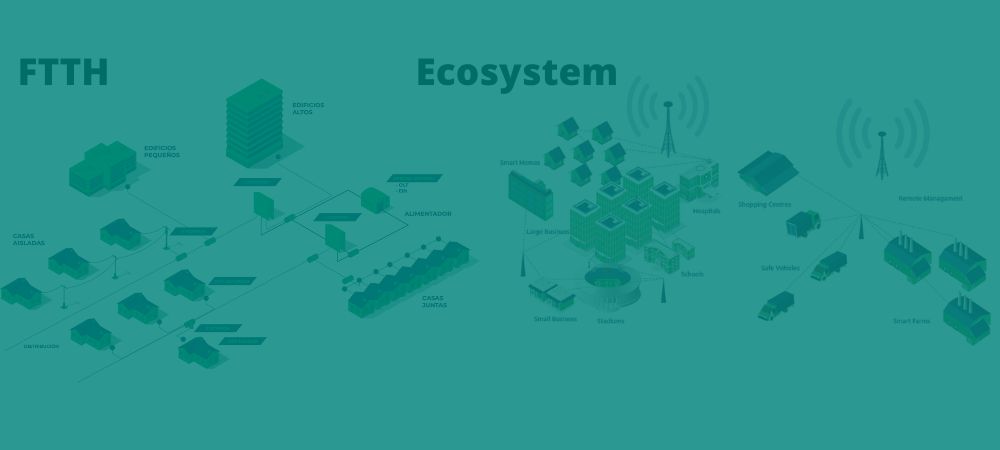
There are many tools that can be used to solve problems that occur in companies, one of them and that provides the improvement of products, services and processes, is the use of the “8D” (8 disciplines), which is a standardized practice to follow. This tool helps us to focus on the origin of the problem, finding the root cause in order to implement solutions.
The benefits of this tool are:
- To have a systematized work structure.
- Teamwork.
- Achieve a common approach.
- Improve the organization’s systems.
- Optimize performance.
- Prevent non-conformities and future failures.
The 8D’s consist of 8 sequential steps to be followed to solve any type of problem:
D1 (Discipline 1)
: Form a work team to solve the problem.
Establish a multidisciplinary team, where everyone has the capacity to analyze problems and establish solutions.
The team must have a leader who will be responsible for following up on the fulfillment of the objectives established by the group.
D2 (Discipline 2)
Describe the problem.
It should be based on real facts and the team should go to the place where the problem occurred. Some of the questions to ask for a good description are: What is the problem, what is happening vs. what should be happening, where is it happening, when did it happen, who is involved, what is the scope of the problem in terms of cost, quality, safety, damage, etc.
It is very important to answer these questions in order to have a more detailed and clear definition of the problem.
D3 (Discipline 3)
: Implement a provisional containment action.
Performing a temporary or momentary solution to prevent the problem from progressing further, is like putting a temporary “band-aid” on the time that definitive actions are established. It is important to evaluate and test before its implementation, as well as to consider the people involved and who may be affected by the effects it may have.
It should never be forgotten that the interim action is to remedy the effects caused by the problem, however, it is not the final solution.
D4 (Discipline 4)
Analyze and Identify the root cause.
In many cases it is not so easy to identify the root cause of a problem, therefore, it is important to perform an analysis of what happened in the problem, this can be done with a well known technique called the 5 whys to obtain the initial cause(s). You can also use brainstorming or the Ishikawa diagram, also called fishbone diagram, cause-effect diagram, among other techniques that are helpful for a correct identification of root cause, which will help us to eliminate the cause that caused the problem and thus prevent recurrence.
D5 (Discipline 5)
Establish corrective actions.
Once the root cause of the problem has been identified, it is important to make an action plan to define permanent corrective actions. These solutions should be tested until the root cause has been detected and eliminated. If the problem persists, further solutions should be sought until the problem is largely eliminated.
D6 (Discipline 6)
: Implement permanent corrective actions.
Corrective actions must be implemented and then verified to ensure that they work correctly, i.e. that there is no recurrence. In this case, measurements should be taken to verify that they are effective, and if not, new actions should be taken until everything is working properly.
D7 (Discipline 7)
Prevent the problem from recurring (Prevent recurrence).
By obtaining the solution to the problem in one area of work, these can be transferred to another area where similar problems arise, maintaining this dynamic as an efficient way to help other areas to arrive more quickly and effectively at permanent solutions to undesired situations that are arising. This makes us take preventive actions for those situations that may arise in the different workplaces and update everything related to the process: specifications, training manuals, error control procedures, communication, etc.
D8 (Discipline 8)
: Solve the problem and recognize the team’s efforts.
The problem must be audited and the effectiveness of the solution must be defined in order to officially and definitively close this case. At the end, the team assigned to the solution should ask themselves what went well, what did not and define if the measures taken can be replicated.
It is essential to recognize the effort and contribution of the members of the team that solved the problem, informing the entire organization of the results obtained and with the purpose of transmitting the lessons learned to other areas.
The advantage of using the 8D is that it is based on facts and not on opinions, allowing the development of competitive advantages by solving problems quickly and effectively, keeping customers for the good service and quality of the products provided and reducing the number of problems within the organization.
This article was based on different sources found on the internet regarding 8 disciplines and written by: Monserrat Judith Ortega Hernández
Quality Manager at GSB




